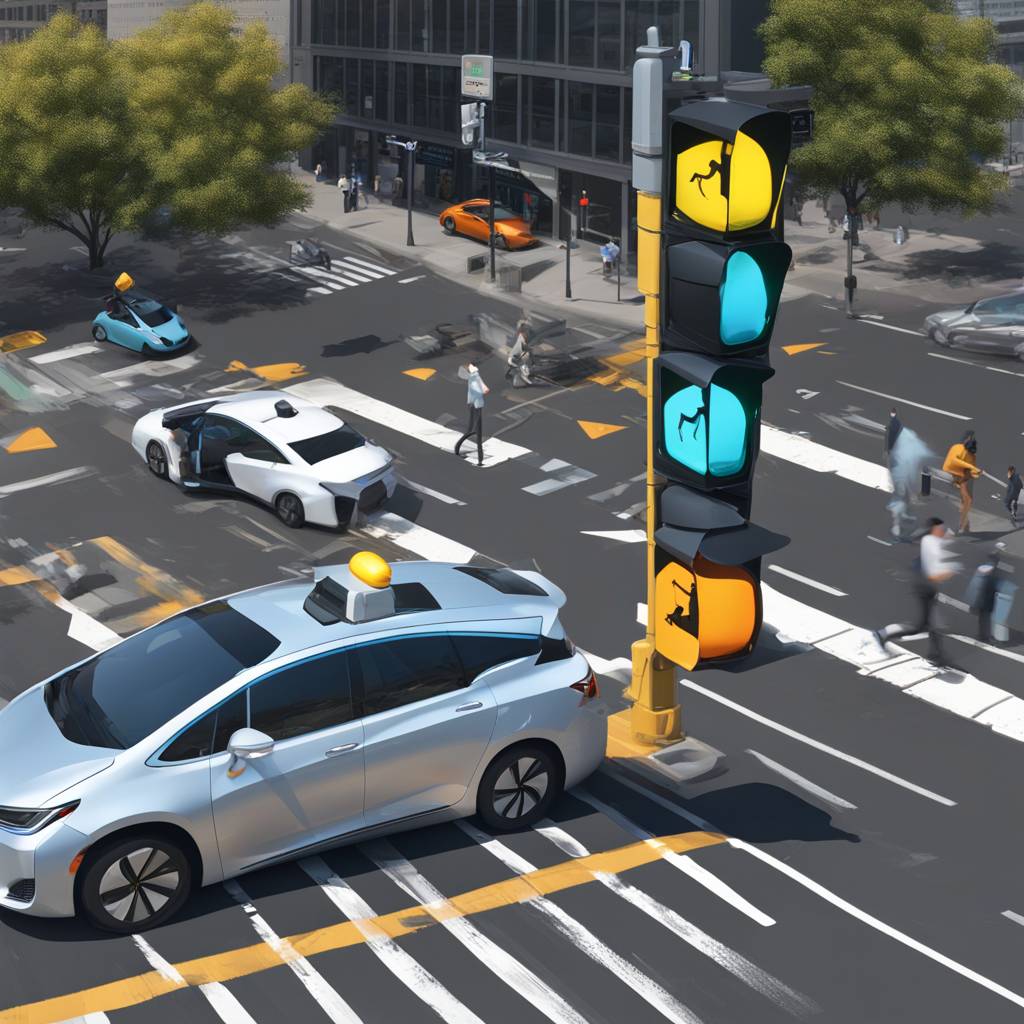In a recent incident involving a Waymo robotaxi, the vehicle went through a red light after receiving an incorrect command from a remote operator. This resulted in a moped driver losing control and falling, although no injuries were reported. The remote assistance was activated due to construction at the intersection, highlighting the importance of proper training for operators. Waymo has taken steps to prevent similar incidents in the future by blocking the intersection, remapping it, and providing additional training for remote operators.
The occurrence raises questions about how crashes caused by robotic vehicles differ from those caused by humans. Early on, the goal of developing autonomous cars was to reduce the rate of crashes caused by robots below that of human-driven vehicles. However, there is a concern about crashes caused solely by robots that humans may not understand or fear more, despite their lower frequency. The focus has shifted towards mitigating these inhuman crashes and improving public perception of autonomous vehicles as safe alternatives.
Recent incidents involving autonomous vehicles, such as Cruise’s dragging of a pedestrian and two Waymos colliding with a pickup truck being towed, have raised concerns about the ability of AI systems to recognize and respond to unique situations on the road. While human errors are common, robotic mistakes can be unsettling and draw more attention. Companies like Cruise have faced heavy scrutiny for accidents involving their self-driving systems and the subsequent handling of the incidents. The DMV’s response to these events reflects a need for greater transparency and accountability in the development of autonomous technology.
Teams working on autonomous vehicle systems conduct extensive testing in simulators to anticipate and prevent potential crashes. They simulate various scenarios, including those based on real-world crash reports and adversarial AI testing to identify vulnerabilities in the system. By understanding human-style crashes and continuously updating their systems, these teams aim to minimize the intersection of crashes caused by robots and humans. Improvements in simulation testing will help autonomous vehicles become safer and more reliable on the road.
As the technology advances, the focus of the industry is on developing robust systems that can handle complex driving scenarios and respond effectively to unexpected events on the road. The goal is to minimize the occurrence of crashes caused by autonomous vehicles and build trust among consumers. With continued advancements in AI and simulation testing, the potential for safer and more efficient self-driving cars is within reach. By addressing the challenges posed by inhuman crashes and human errors, companies like Waymo and Cruise are working towards a future where autonomous vehicles can coexist safely with human drivers.













